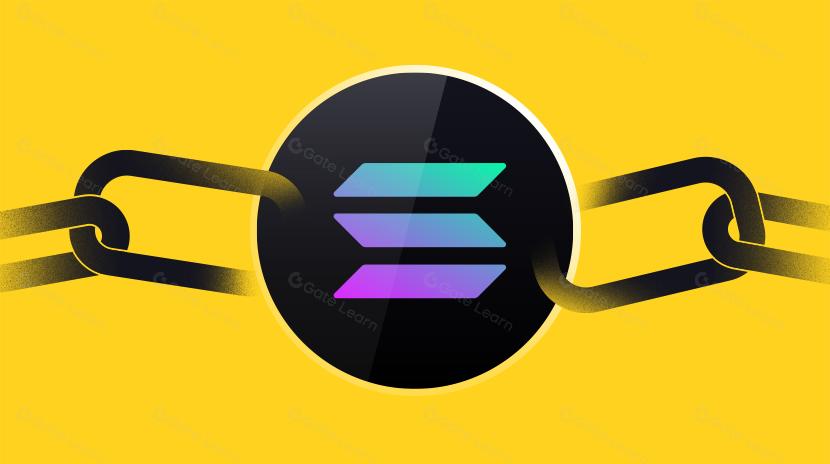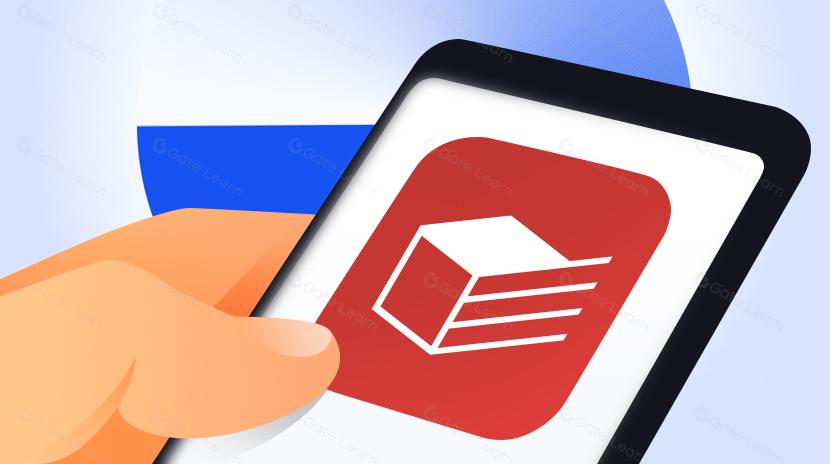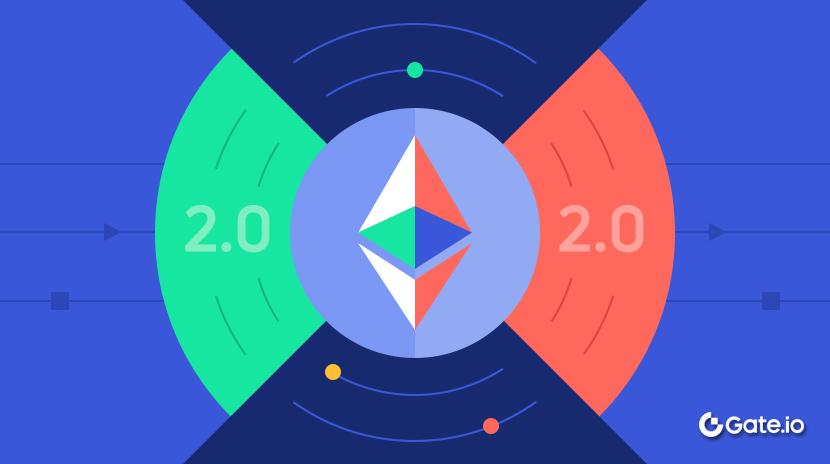The Dollar Is No Longer the Sole Anchor: Gold’s Strategic Comeback in a Multi-Asset Era
At the recent Bloomberg New Economy Forum in Singapore, leaders from major global financial institutions delivered a clear, unified message: global asset allocation is transitioning from a “single-currency system” to a “multi-asset system.” In this structural shift, gold is regaining its central role in global reserves and investment portfolios.
Singapore Forum Consensus: The Global Asset System Is Becoming “De-Singularized”
Franklin Templeton CEO Jenny Johnson noted that the US dollar’s dominance is unlikely to disappear in the near term. However, she emphasized, “the extent to which this dominance will be eroded is the real question,” suggesting that future global asset allocation should not rely solely on a single currency anchor.
Dymon Asia Capital founder Danny Yong, from an asset allocation perspective, argued that in an environment of high debt and anticipated monetary easing, savings should move beyond fiat assets and increasingly be allocated to scarce assets like gold and equities. This trend aligns with central banks’ recent moves to raise the proportion of gold in their reserves—by increasing holdings of “hard assets” and non-dollar assets, they structurally diversify away from single-currency exposure.
Ravi Menon, former Managing Director of the Monetary Authority of Singapore (MAS), took a systemic view, warning that public debt in major developed economies is set to worsen. He stated bluntly that “so-called risk-free assets are not truly risk-free anymore.” In his view, this poses a significant challenge to the current system, which heavily relies on US dollar asset pricing.
Despite their different backgrounds, all three speakers shared a highly consistent perspective: asset allocation is moving from a “dollar-centric” model to a “multi-asset, multi-anchor” system. Gold is one of the most critical systemic assets in this transformation.
Structural Erosion of Dollar Dominance: The Key Drivers of Diversification
The experts’ conclusions are grounded in a series of quantifiable, long-term trends—not sentiment:
1. Rising US debt increases the dollar risk premium
US Treasury data shows that federal debt has been on a long-term upward trajectory. Heightened debate over the pricing of “risk-free assets” has fueled global demand for hedges against dollar volatility.
2. Geopolitical cycles strengthen the drive for “de-singularized” allocation
IMF official reserve data and World Gold Council (WGC) central bank gold surveys reveal that the dollar’s share of global foreign exchange reserves has edged down from its highs in recent years. Some countries are boosting holdings of gold and other assets to structurally diversify away from single-asset dollar exposure.
3. Global capital flows are becoming more dispersed
Funds are shifting from US bonds and dollar assets into a broader mix of gold, commodities, and non-US equities.
Diversification is no longer just an asset management strategy—it is rapidly becoming a systemic adjustment.
The dollar system remains robust, but its role as the “sole center” is being redefined by the global diversification trend.
Central Banks’ Gold Accumulation: The Most Representative Long-Term Structural Shift
Bloomberg reported on October 29, 2025, that despite high gold prices, global central banks have remained net buyers of gold this year. This trend matches quarterly data from the World Gold Council (WGC). Central banks’ steady gold accumulation signals:
● Systematic increases in gold’s weighting within global reserves
● Long-term hedging against the risks of a single-currency system
● Renewed emphasis on gold as a “system-neutral asset”
This is not a short-term trading move, but a long-term assessment of the resilience of the future monetary system.
Gold’s New Role in the Evolving Monetary Framework: The Unique Value of a Cross-System Asset
Within the emerging multi-asset landscape, gold’s value is being reassessed, driven by several structural features:
1. Gold is independent of any single country’s credit
Its value is not directly influenced by the policies, debt, or political risks of any one nation.
2. Gold is a cross-system reserve asset (across fiat, systems, and political regimes)
It is one of the few “neutral assets” widely accepted by both developed and emerging economies.
3. Gold is a long-term hedge against inflation and currency volatility
4. Gold bridges both TradFi and DeFi ecosystems
It is among the rare asset classes that can circulate seamlessly between traditional finance and digital asset ecosystems.
Gold’s renewed centrality in the global asset system is not about short-term price gains, but about the recognition of its cross-system value.
Structural Limits of Traditional Gold: An “Imperfect Match” in the Digital Era
While gold’s importance is growing, traditional ownership methods face clear limitations:
● High purchase and custody costs
● Inefficient cross-border transfers
● Lack of on-chain authenticity verification
● Incompatibility with digital portfolio management systems
● Reporting transparency depends on custodians
As a result, institutions and investors are seeking gold infrastructure that better fits the digital age.
On-Chain Gold: Digital Infrastructure Reshaping Reserve Assets
On-chain gold is not an asset replacement, but an infrastructure upgrade for the digital era. Its core value lies in enabling gold to achieve:
● Verifiability: On-chain validation of bar numbers and reserves
● Liquidity: Unrestricted cross-border transfers
● Interoperability: Easier inclusion in digital asset portfolio management
● Auditability: Transparent custody and on-chain recordkeeping
This marks gold’s third evolutionary phase: from the physical gold era, to paper gold/ETFs, and now to on-chain gold (digital verification plus physical reserves). This shift is driven not by any single company, but by the global advance of digital asset technologies. Products like XAUm are establishing a clear structural framework for on-chain gold. For example, Matrixport’s RWA platform Matrixdock issues the digital gold XAUm, which features:
● Each XAUm is backed by one troy ounce of 99.99% LBMA-certified gold
● Gold is custodied by professional institutions such as Brink’s and Malca-Amit
● On-chain verification of gold bar numbers
● Free transfers between blockchain wallets
These products are not about creating “new gold”—they are about making gold compatible with digital, cross-border, and cross-institutional management models.
Toward a Multi-Asset System: Gold as a Structural Stabilizer, On-Chain Gold as a Technological Extension
Expert discussions at the Singapore Forum reflect deep changes underway in the global asset system:
● No longer relying solely on the US dollar
● Reserve asset structures are diversifying
● Gold is reaffirmed as a neutral anchor at the system’s center
● Digital infrastructure is transforming the use of traditional reserve assets
In summary, gold’s fundamental role remains unchanged, but its infrastructure is evolving rapidly. The advent of on-chain gold enables gold to meet the demands of digital, cross-border, and real-time global asset allocation. In the coming “multi-anchor, multi-system” environment, gold will remain core, while digital gold (on-chain gold) will define its new form.
Statement:
- This article is republished from [TechFlow], with copyright belonging to the original author [TechFlow]. If you have any objection to this republication, please contact the Gate Learn team, who will respond promptly following our procedures.
- Disclaimer: The views and opinions expressed in this article are solely those of the author and do not constitute investment advice.
- Other language versions of this article are translated by the Gate Learn team. Do not copy, distribute, or plagiarize the translated article without citing Gate.
Related Articles

The Future of Cross-Chain Bridges: Full-Chain Interoperability Becomes Inevitable, Liquidity Bridges Will Decline

Solana Need L2s And Appchains?

Sui: How are users leveraging its speed, security, & scalability?

Navigating the Zero Knowledge Landscape

What is Tronscan and How Can You Use it in 2025?
